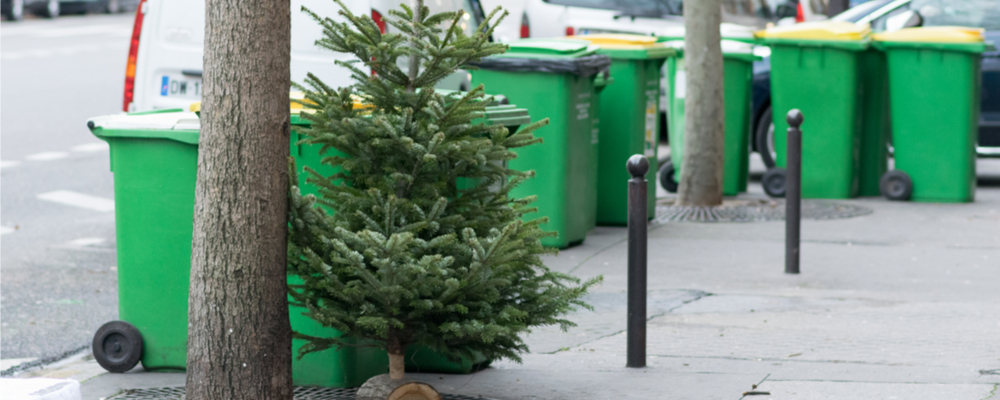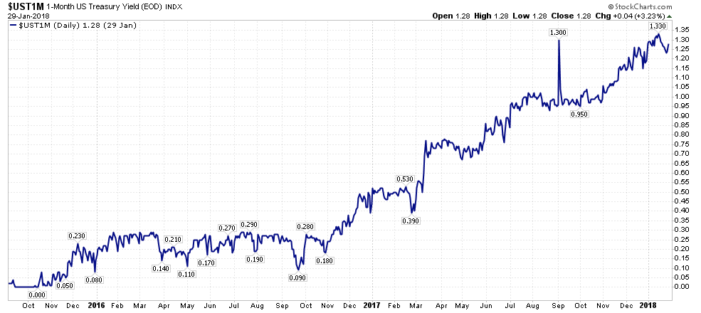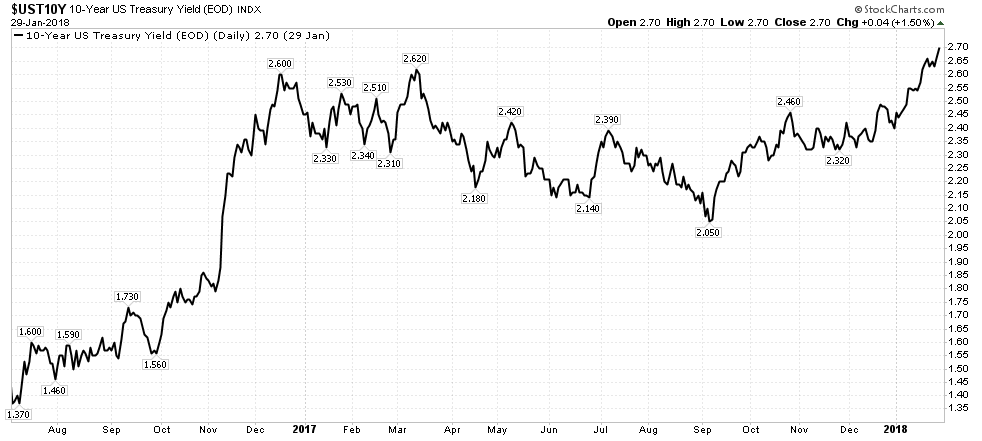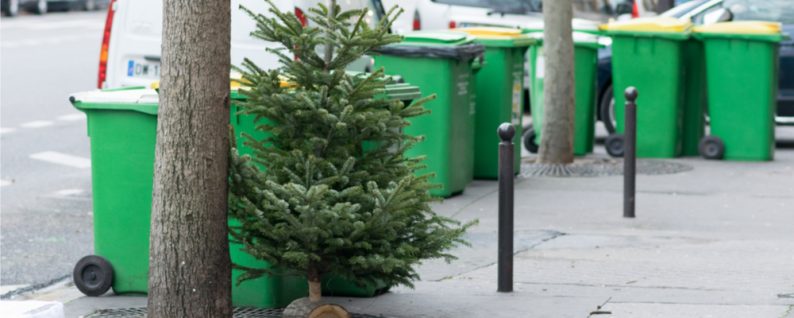
“When is the cheapest time to buy a Christmas tree?” I asked my kids.
My kids guessed that the earlier you bought it, the better.
Trees should be cheaper if you bought them earlier because, well, they have little use until Christmas, according to them.
For them, a Christmas tree means Santa and presents.
So it’s of little value to them until Christmas Eve, when its value spikes up.
It took a bit of explaining to get them to see that trees crash in price as Christmas approaches.
If you’re in the business of selling Christmas trees, you know there is no market for trees after Christmas Eve.
Though my way of looking at it is less exciting than my kids’ way of seeing things, it’s the way things actually work for Christmas trees — and in financial markets.
In simple terms, it means looking at supply and demand.
Right now, demand for certain investments is set to plummet. When that happens, you’ll see the prices of all these things drop through the floor.
Here’s why this is going to happen starting now…
Supply and Demand and Corporate Bonds
You see, the Federal Reserve started raising interest rates regularly starting late in 2015.
Since then, the interest rate for one-month government bonds has rocketed up from essentially zero to a high of 1.33%. And these interest rates are continuing to go up.

It took a bit for these short-term rates to start affecting bonds that go out longer. However, by late 2016, interest rates on longer-term bonds like 10-year government bonds started to go up too.
The 10-year bond is used by professional investors to gauge the attractiveness of all investments and set the price of all assets.

That’s because worldwide, governments, big companies and rich people are willing to buy the bonds of the U.S. government at all times. They see these bonds as safe, knowing they’ll get their interest and the money back when they’re due.









Leave A Comment